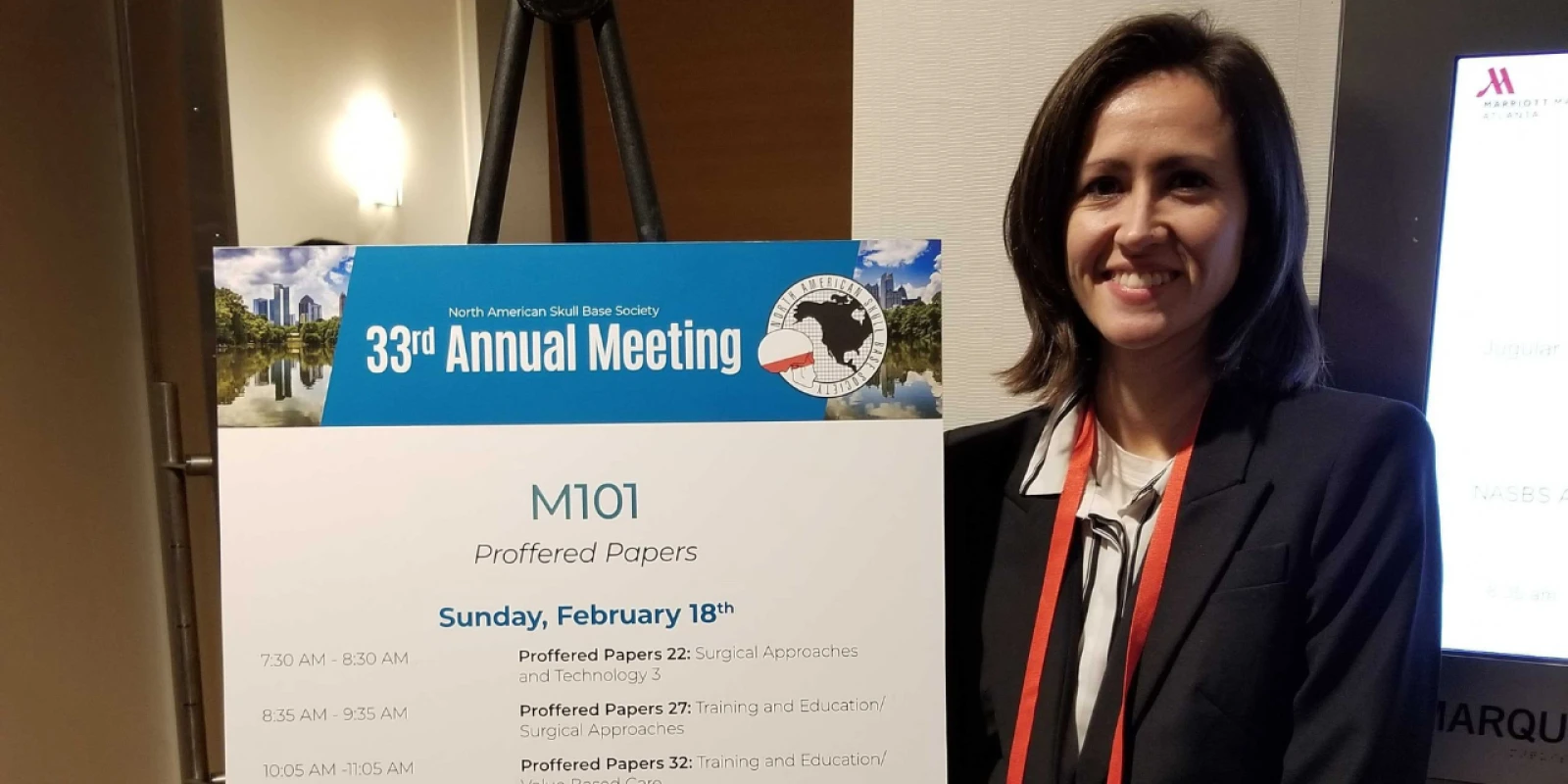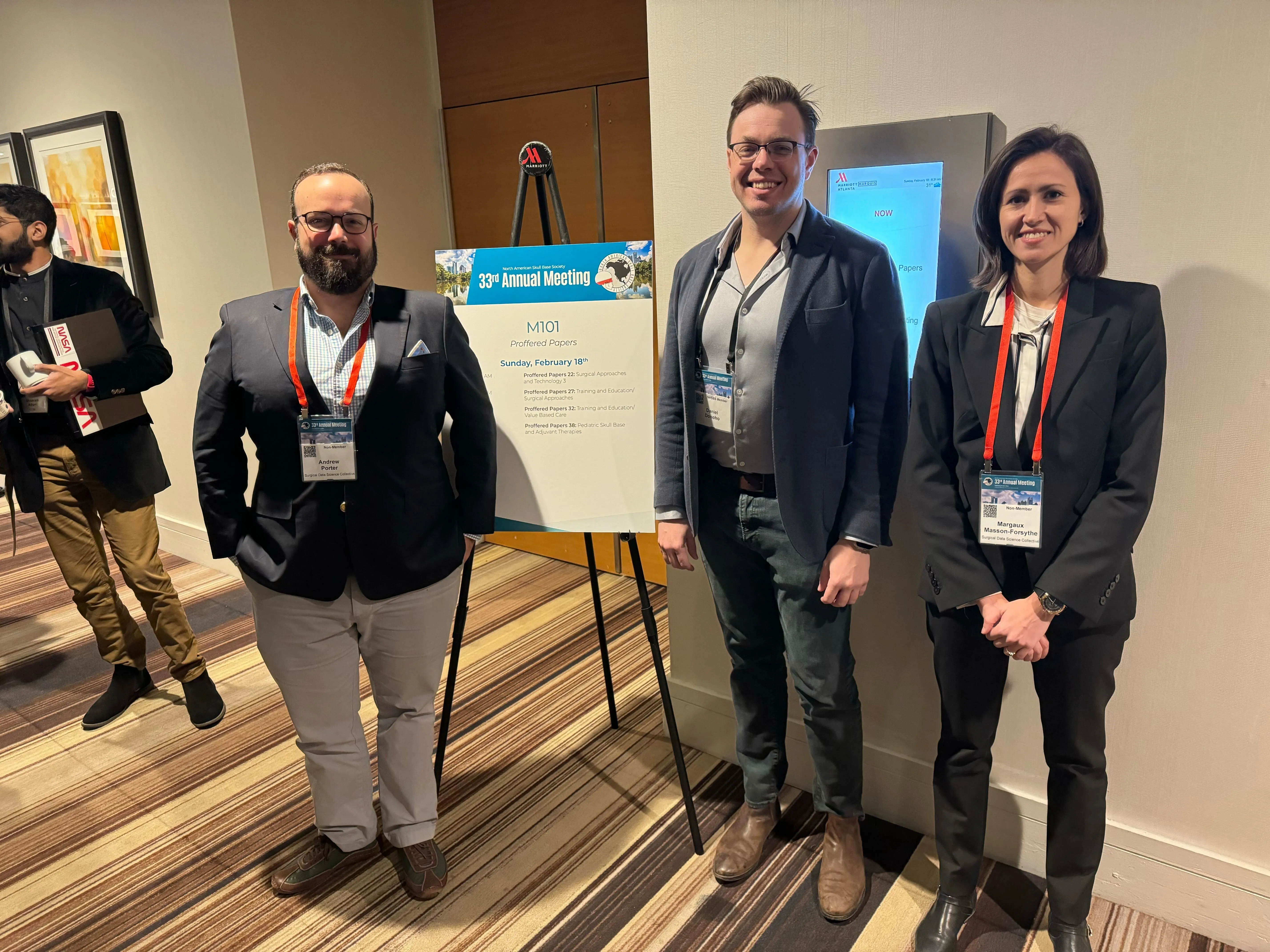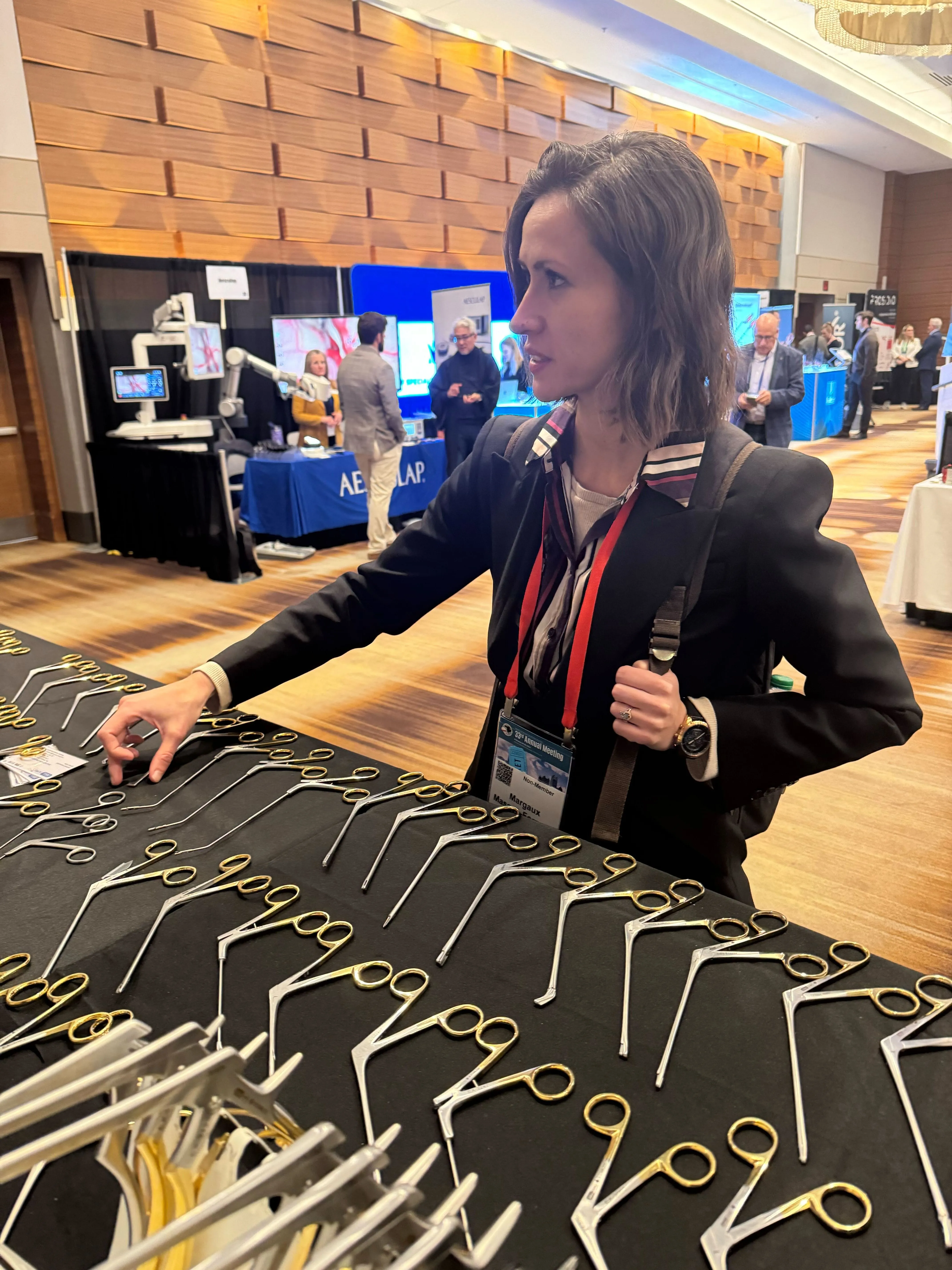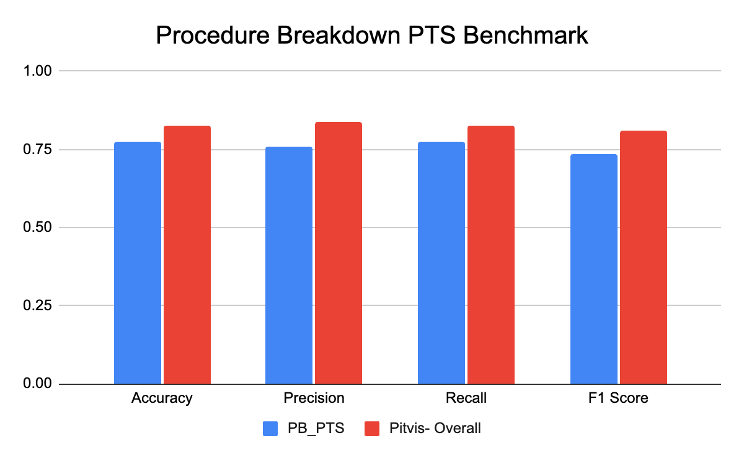
“We listen to surgeons and this is what informs our machine learning research roadmap. This is what makes us different.” - Margaux Masson-Forsythe, Director of Machine Learning, SDSC

Surgical Data Science Collective (SDSC) team members recently attended the North American Skull Base Society (NASBS) Annual Meeting to demo their platform, present their research, recruit new users, acquire new data, and most importantly, to receive feedback from surgeons. Margaux Masson-Forsythe, Director of Machine Learning (ML) at SDSC, says they were successful on all fronts, setting up the ML team for continued growth and refinement.
.webp)
Endoscopic endonasal surgery (EES) is just one example of a skull-base neurosurgery approach that has proven to be safe and effective, but training for this procedure is time and resource intensive. While surgical videos create an opportunity for expanded education and operative technique optimization, the video analysis involved also comes with high temporal and economic costs. Automating this analysis removes this barrier. Masson-Forsythe presented her research in collaboration with University of Iowa, CMH Lahore Medical College, Rutgers New Jersey Medical School, and Children’s National Hospital, in which she demonstrated that their trained AI algorithm is capable of autonomously detecting surgical tools from real operative videos with high accuracy and precision. Masson-Forsythe said, “the talk instigated great conversations. Surgeons are hearing about this technology everywhere, but often it isn’t clear how this technology is relevant for their specific field. It’s exciting to be able to bring it into their work.”

Beyond the research, Masson-Forsythe is interested in taking their findings into practice. Demonstrating SDSC’s surgical video platform with surgeons at the conference is one key step. “It is essential that the ML team has continued access to surgical knowledge as we develop new iterations of our models and expand them to more procedures,” said Masson-Forsythe. SDSC’s network of collaborators is growing, as is the excitement around the potential of automating video analysis, and she says that “attending conferences like this and having opportunities to talk with surgeons about how our platform can support their specific needs is powerful.” Expert level details about a given surgical procedure inform how the team develops their models. It is the combination of surgical and ML expertise that “define what it is the model should be predicting.”
.webp)
Masson-Forsythe says that ongoing discussions with surgeons are guiding the ML work to come. “We’re improving our models to support higher accuracy rates, and working to support detection of more tools and procedure types.” The team soon plans to expand to craniotomy and to ear, nose, and throat (ENT) procedures such as sinus surgeries, for example. Discussions born from NASBS are also guiding new larger research projects for the ML team, including using ML to address the painstaking, time-consuming work of surgical video editing through automation.




